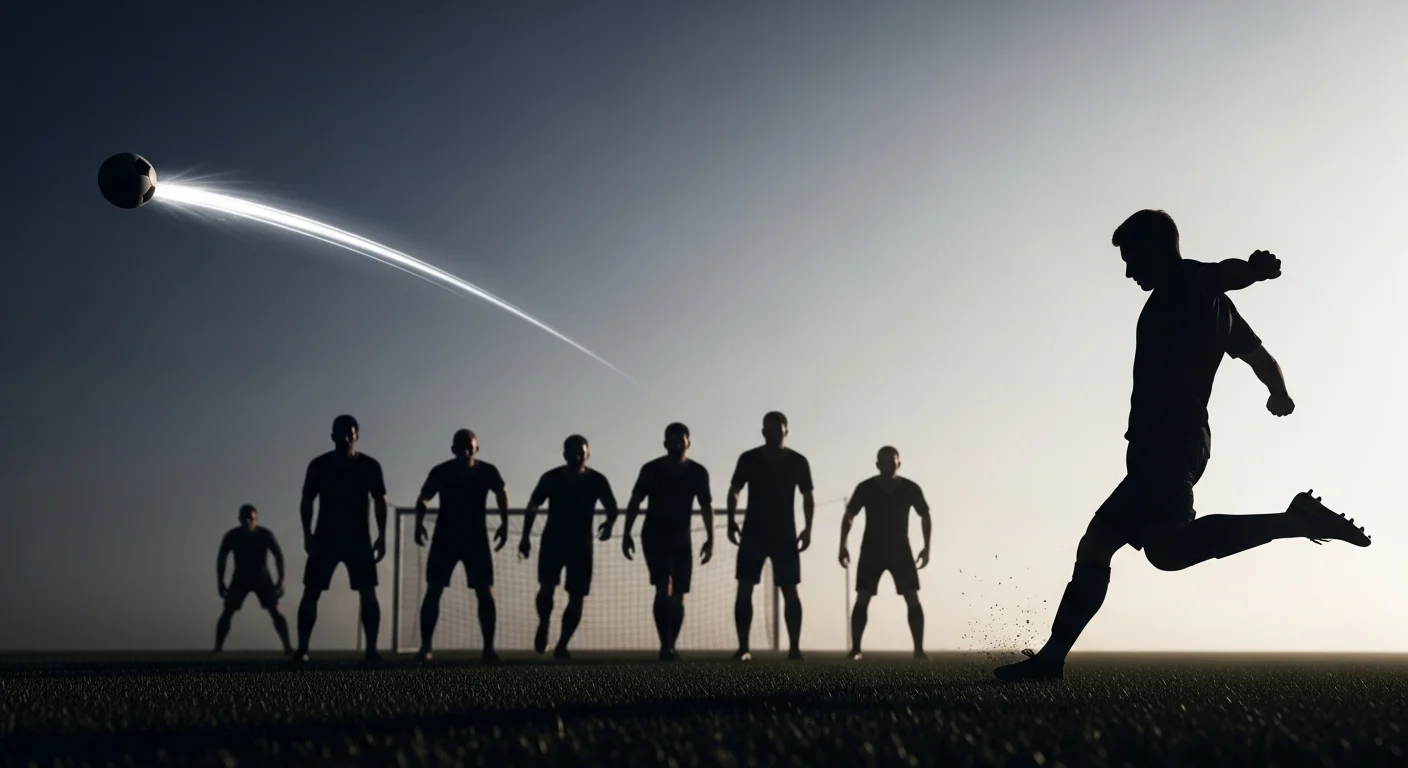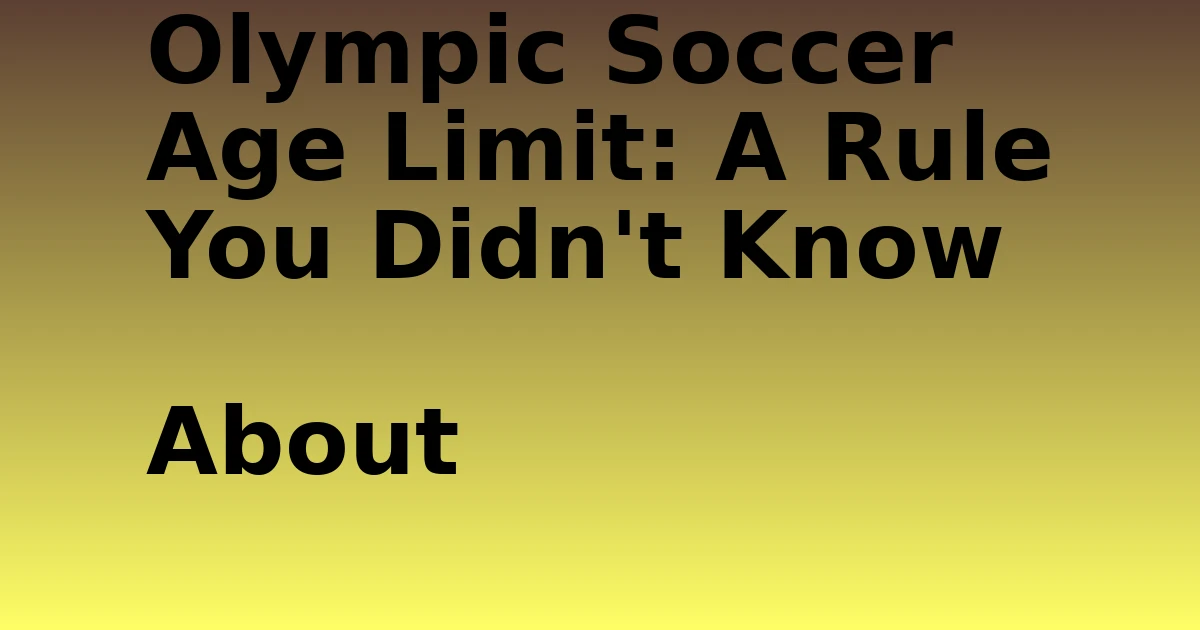In Barcelona vs Club Brugge 3–3, the scoreboard told a thrilling story; the tactics told a worrying one. Barcelona dominated the ball, created chances, and still spent the night chasing.
Club Brugge accepted the “no-possession” bargain, attacked quickly, and punished Barcelona’s soft spots in the attack-to-defense transition.
Add critical absences to the mix—especially Pedri and Raphinha—and you get a match that showcased both Barcelona’s attacking talent and its structural fragility.
The Match at a Glance
Barcelona never led. They equalized, fell behind, and equalized again to salvage a 3–3 draw. A controversial refereeing moment became a flashpoint, but the deeper pattern mattered more:
Brugge ceded possession, set traps, and attacked a high line that could not recover its shape or speed.
Why That Matters
- Possession without protection: When Barcelona lost the ball, counters arrived before rest defense was set.
- High line, low recovery speed: Center backs were often beaten for pace, inviting last-ditch fouls or broken lines.
- Rotations and injuries: Constant changes at the back eroded cohesion, which an offside trap absolutely requires.
Missing Pedri and Raphinha: The Subtle Glue and the Big Lever
Pedri’s Tempo (and Why It Changes Everything)
With Pedri, Barcelona keep the ball by design, not by accident. He sets tempo, retains possession under pressure, and plays diagonal line-breakers that force defenses to face their own goal.
Possession time is not cosmetic; it prevents transitions against you. Without Pedri, De Jong and Casadó circulated the ball but rarely moved the block.
Raphinha’s Range (and Why It Pulls Defenses Apart)
Compact blocks survive pretty passing until someone threatens from distance. Raphinha’s capacity to fire from 20–25 meters compels defenders to step out, opening seams between the lines.

Without him, Barcelona largely needed the “perfect pass” inside the box to score. Aside from Rashford’s left-channel threat and Lamine Yamal’s occasional long-range effort, distance shooting was scarce.
Barcelona vs Club Brugge 3–3 and the Transition Problem
When Barcelona lose the ball high, two things must already be in place:
- Rest defense positioned to delay and funnel the counter, and
- Recovery speed to win the first duel or at least force play wide.
Lately, neither has been reliable. Cohesion in central defense has dipped after departures and injuries; fullback absences have compounded the churn.
A high line demands that the back four train and play together in long runs, speaking the same timing language for step up, drop, and cover. Without that repetition, the offside trap becomes a roulette wheel.
Lamine Yamal’s Brilliance, and the Discipline Debate
Lamine Yamal delivered a superb performance: one elegant, Romário-style finish, plus a second credited from a deflection. The broader conversation, though, is about discipline and environment.
The greats—Michael Jordan in basketball, Cristiano Ronaldo in football—are case studies in routine, punctuality, and obsession. If commercial pressures or social-media storms sway matchday choices or daily habits, a young phenomenon’s development can wobble.

The takeaway is simple: talent plus discipline equals longevity.
Where the Referee and VAR Fit In
The flashpoint call on Barcelona’s goalkeeper turned the commentariat into a chorus. Important context: VAR does not decide; it assists. The center referee owns the final decision, whether he follows advice or reviews the monitor.
Frustration stems from inconsistency: moments that look like penalties become drop balls; clear non-fouls become whistles. The lesson for teams is brutal but practical—control what you can control: transitions, spacing, and finishing.
What the Coaches Said
Hansi Flick acknowledged the obvious: transitions hurt. His stance is to improve details while staying faithful to Barcelona’s philosophy.
That is the right message, provided the staff pairs it with pragmatic tweaks—cohesion in the back line, better rest-defense positioning, and a planned outlet for long-range threat when Raphinha is absent.
Standouts and Other Results
UEFA’s technical panel named Carlos Forbes Man of the Match (two goals and an assist) over Lamine Yamal. Around Europe, City routed Dortmund with Phil Foden sparkling; Inter edged Cagliari; Leverkusen downed Benfica; Galatasaray hammered Ajax with a Victor Osimhen hat-trick; Atalanta won late at Marseille.
The league-phase table remains tight behind Bayern, Arsenal, and Inter, and the golden-boot race features Osimhen, Haaland, Kane, and Mbappé.
What Barcelona Must Fix Next
- Stabilize the back line: Prioritize continuity; rehearse the offside line with the same quartet as often as fitness allows.
- Rebuild rest defense: Position two stoppers behind the ball when fullbacks fly; add a midfield “brake” on turnovers.
- Replace missing profiles: When Pedri or Raphinha are out, define alternates for tempo (ball retention, diagonals) and range (long-shot threat) so the system does not collapse into sterile circulation.
- Protect young stars: Keep the focus on training habits and punctual standards so talent can compound over seasons, not months.
Conclusion
The 3–3 draw in Barcelona vs Club Brugge 3–3 was entertaining, but it also served as a tactical audit. Barcelona created enough to win yet conceded enough to lose.
The fixes are not mysteries: restore defensive cohesion, upgrade rest-defense habits, and re-insert the missing profiles of tempo (Pedri) and range (Raphinha) one way or another.
Get those details right, and the philosophy can sing again.
FAQ:
Q1. What was the main tactical issue for Barcelona?
A1. The transition from attack to defense. When they lost the ball high, counters arrived before rest defense and recovery speed were in place.
Q2. How did missing players affect the game plan?
A2. Without Pedri’s tempo and Raphinha’s long-range threat, Barcelona kept the ball but struggled to move or unbalance a compact block.
Q3. Does VAR decide refereeing calls?
A3. No. VAR only assists. The center referee retains full decision-making authority after reviewing the footage.
Q4. What practical fixes should Barcelona prioritize?
A4. Stabilize the back line, rebuild rest-defense spacing, and define alternates for tempo and range when key profiles are absent.


